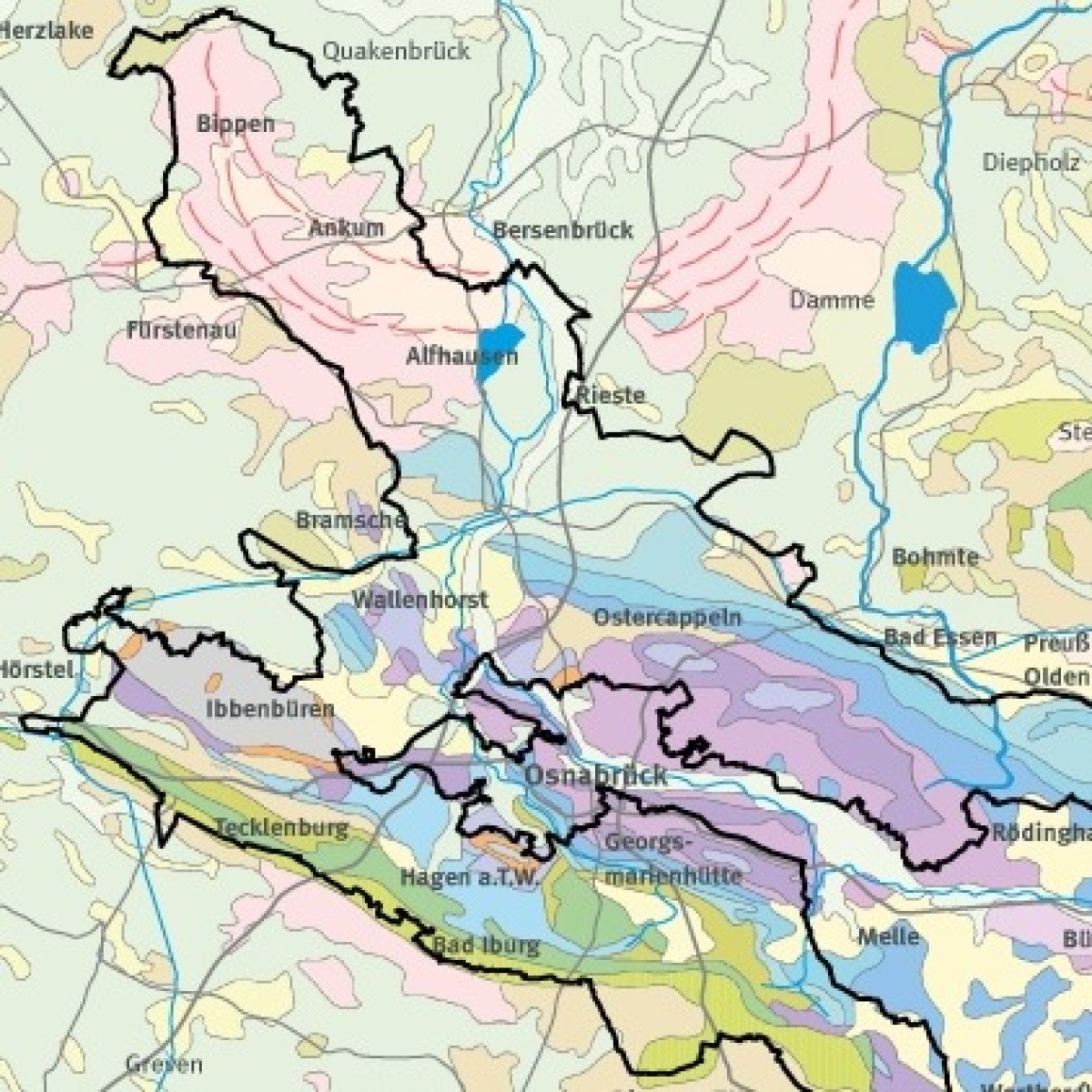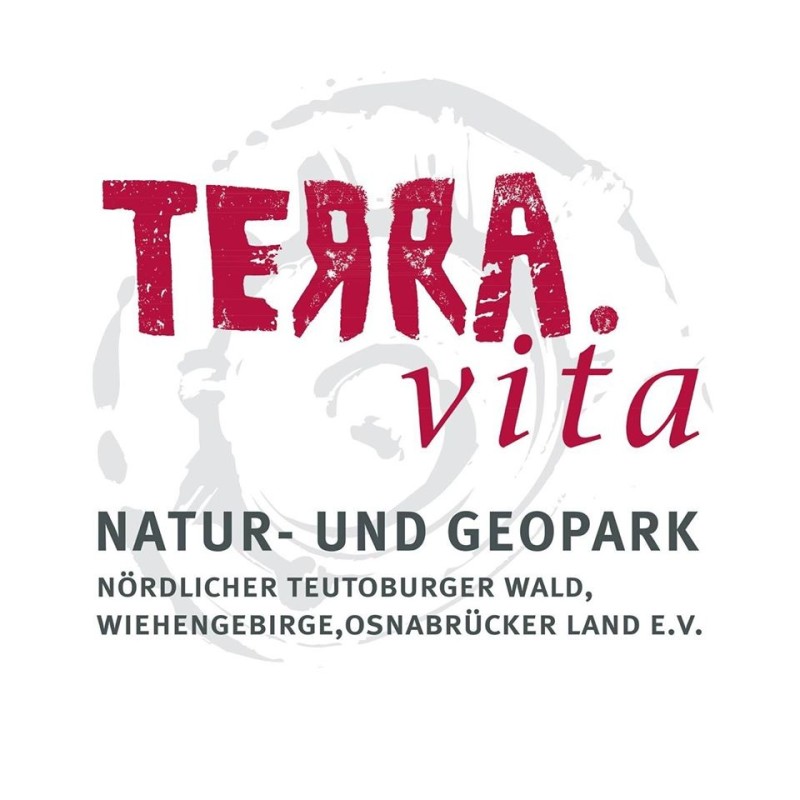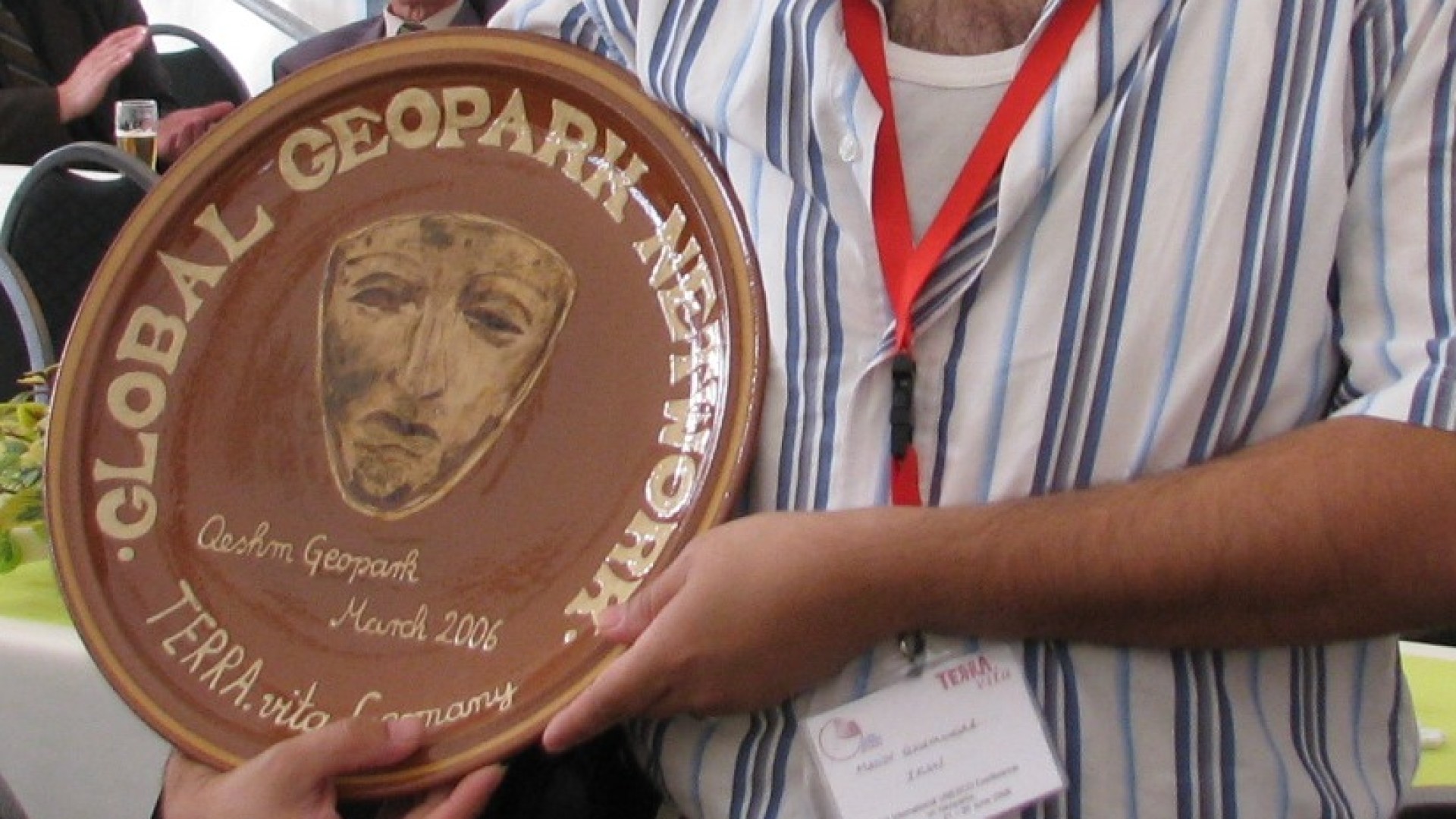TERRA.vita Nature and Geopark in Germany showcases 300 million years of Earth’s history through fossils, trails, educational exhibits, and diverse landscapes. A UNESCO Global Geopark, it blends geology, culture, and sustainable tourism, offering visitors an inspiring journey through nature, heritage, and time.
TERRA.vita Nature and Geopark is a place where Earth’s story unfolds in remarkable clarity — a UNESCO Global Geopark spanning the wooded Teutoburg Forest, the winding Wiehen Hills, and the glacially carved landscapes of northwestern Germany. Stretching across roughly 1,550 square kilometers in Lower Saxony and North Rhine-Westphalia, the geopark represents one of Europe’s most impressive continuous records of geological evolution, capturing more than 300 million years of natural history in stone, fossil, and landscape.
What makes TERRA.vita truly distinctive is the way its terrain reads like a geological diary. From the Carboniferous Era’s swamp forests that eventually formed coal seams, to the Permian lagoons that preserved the soft tissue of early reptiles, the region offers an exceptional window into ancient ecosystems. Visitors can stand at the Bad Essen-Barkhausen quarry where over 130 Jurassic-era dinosaur footprints still mark the rock surface, or explore Cretaceous deposits where ammonites and marine fossils tell the story of a warm, shallow sea that once covered the region.
Beyond its prehistoric treasures, the geopark is also celebrated for its biodiversity and landscape diversity. More than 100 natural monuments and nearly 30 Natura 2000 protected areas form a mosaic of forests, moors, ridges, springs, and valleys. This natural richness is accessible through an extensive outdoor network: around 2,800 kilometers of hiking trails and 4,000 kilometers of cycling routes, including themed geological paths, long-distance treks, and the adventurous TERRA.trails favored by mountain bikers.
TERRA.vita also excels in education and public engagement. Through experiences like TERRA.genesis — animated films that visualize Earth’s dynamic processes — and interactive exhibits at TERRA.vision, visitors of all ages can explore geology in engaging, intuitive ways. School programs, hands-on soil investigation kits, guided excursions, and seasonal workshops create meaningful connections between people and their environment.
Since receiving UNESCO Global Geopark status in 2015, TERRA.vita has continued to uphold rigorous standards of conservation, cultural stewardship, and sustainable tourism. Its renewed designation in 2023, marked with a “Green Card” review, reflects the geopark’s ongoing commitment to environmental protection and community involvement.
Culturally, the region is embedded in Europe's ancient heritage. As part of the European Route of Megalithic Culture, TERRA.vita preserves prehistoric burial sites and archaeological monuments that reveal millennia of human presence. Historical quarries, early industrial sites, and traditional settlements further illustrate how human life has interacted with the land over centuries.
When I visited several GeoSites in 2008 during the 3rd International Geoparks Conference, I was struck by the exceptional management and interpretive quality of the park. Today, TERRA.vita continues to grow as both a scientific treasure and an inviting destination for nature lovers, hikers, students, and anyone eager to experience the long, awe-inspiring journey of Earth’s evolution.
By: Maziar Adab
Maps


